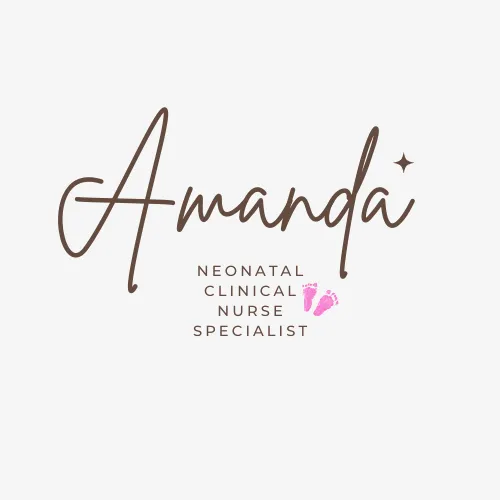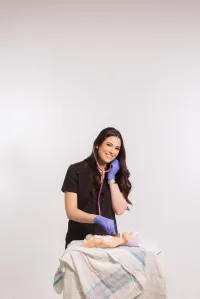
Welcome to Amanda's NICU Education

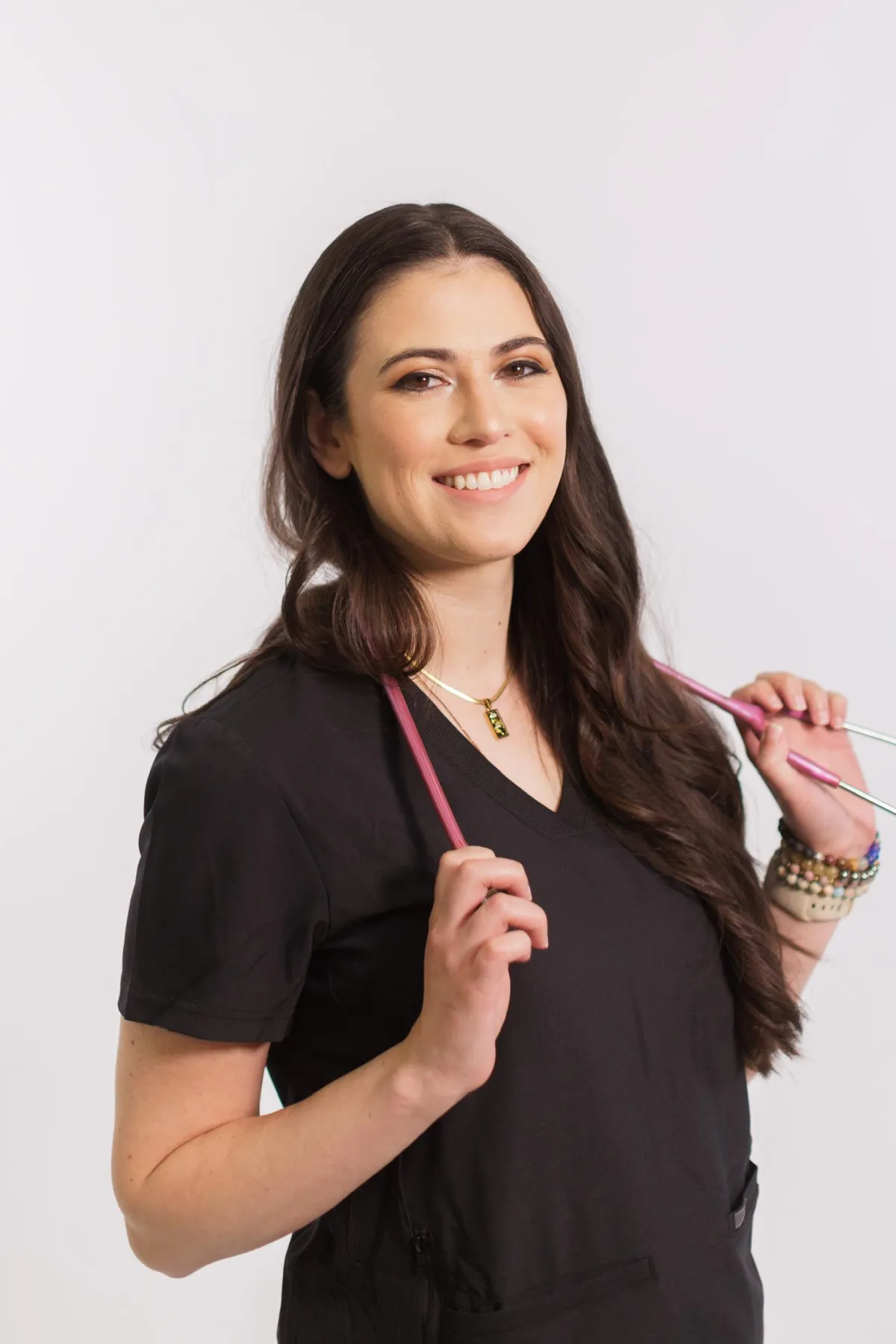


Hi! My name is Amanda. I'm a NICU nurse, Clinical Nurse Specialist, NICU Educator... basically your NICU BFF. If you want to talk NICU, I'm here for you! I love everything about NICU nursing and I'm eager to learn and share my knowledge with all my NICU friends.
I have been a NICU nurse since 2009 I am currently a Clinical Nurse Specialist in a Level IV NICU in Los Angeles.
I am passionate about educating the next generation of NICU nurses. I share my knowledge through platforms such as Instagram and Facebook and am excited to have you here on my website!
Click on the button below to sign up for my newsletter filled with NICU education and tips for all experience levels.

Not very many people love taking tests but as a self-acclaimed "forever student" who has taken (and passed) five different certification exams I am no longer afraid of tests! "Way to brag", you might be thinking but I want to help YOU pass your certification exam too!
Introducing Amanda's RNC-NIC Success digital course - your ultimate study companion!
Gain unlimited, on-demand access for life, ensuring you're primed to ace your certification exam.
I'm here to help you succeed and I can't wait for you to share with me that you PASSED the RNC-NIC EXAM!!!









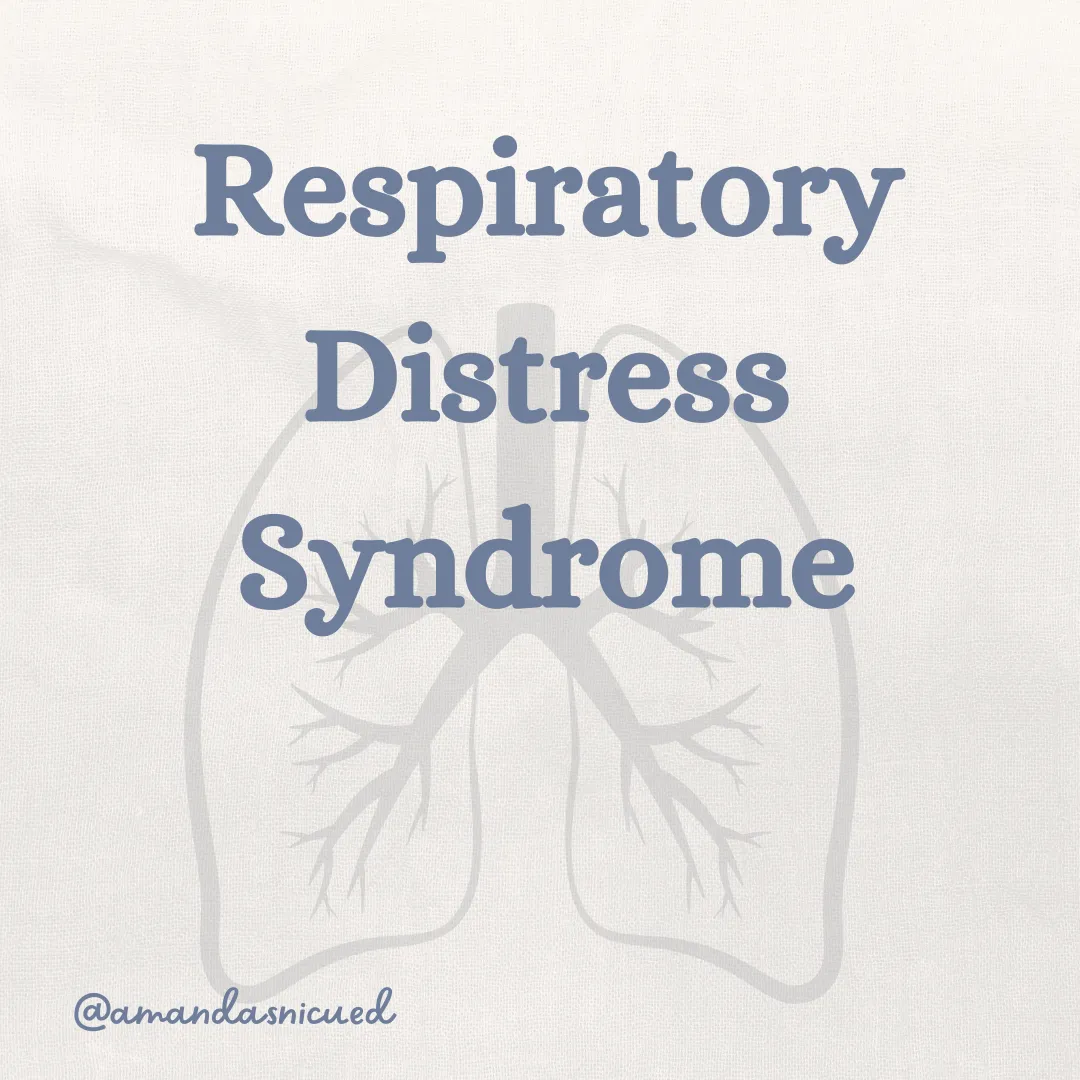
Respiratory Distress (part 1)
“One of the most common reasons babies end up in the NICU is due to respiratory distress...”
Happy New Year!
I can't believe it's already 2024! Every year seems to go by faster than the last. I'm so proud of all my accomplishments last year, I had the opportunity to present at conferences, I published 2 articles 🙌, and I created my certification course🤩. I had been dreaming of creating a certification course for years and I finally did it.
It's amazing thinking of all we can accomplish in a year. What did you accomplish in 2023 and what are your goals for 2024? If becoming a certified NICU nurse is one of your goals, I am here for you!
I'm hoping that this year I am able to serve you and provide even more educational content so that we can all grow together to be the best NICU nurses we possibly can be!
Studying for the RNC-NIC or CCRN-N? Join my course today!
Respiratory Disorders in the NICU
One of the most common reasons babies end up in the NICU is due to respiratory distress. Let's get back to basics and review some of the respiratory disorders that we see in the NICU.
In part 1 of this respiratory disorder series, let's review Transient Tachypnea of the Newborn and Respiratory Distress Syndrome
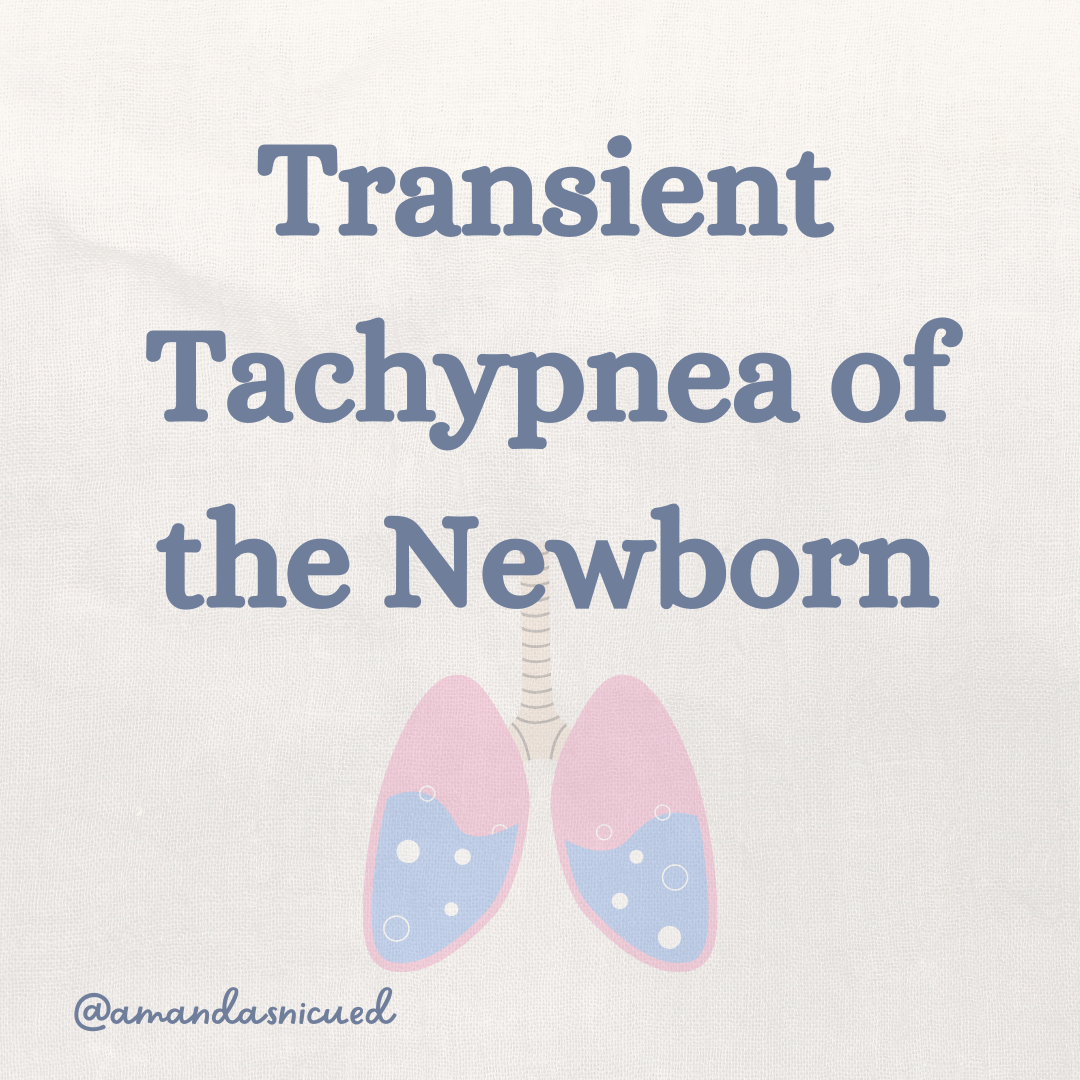
Transient Tachypnea of the Newborn
Before a baby is born their lungs are filled with fetal lung fluid. This fluid is different from amniotic fluid and is important for pulmonary development. The fluid creates a distending pressure in the developing lungs to help it resist the natural recoil of the chest wall.
When the mother goes into labor, a surge of catecholamines triggers the epithelial cells within the lung to switch from secreting fluid, to start absorbing fluid. This is done by the passive absorption of Na+ through the epithelial Na+ channels (ENaC) and excretion into the interstitial space where it is absorbed. During labor up to 60% of fetal lung fluid may be absorbed, with the remaining becoming absorbed during breathing. We previously believed that the "vaginal squeeze" was a major contributor to clearance of fetal lung fluid. However, now it it thought to only have minor contribution.
Transient tachypnea of the newborn (TTN) is a common disorder in the newborn caused by inadequate or delayed clearance of fetal lung fluid. Some of the infants who are at risk of TTN are those who are born premature, to a mother who did not labor (elective cesarean section or precipitous delivery), and twins. Understandbly if a mother did not experience labor prior to delivery, the catecholamine release did not trigger the absorption of the fetal lung fluid and the baby is born with retained fetal lung fluid.
One big challenge with neonatal respiratory distress is differentiating the different disorders because the symptoms are all the same. Signs of TTN include tachypnea, expiratory grunting, retractions, nasal flaring and mild respiratory acidosis. The most characteristic finding of TTN is the fact that it is transient and symptoms resolve by 48-72 hours.
One characteristic diagnostic factor in TTN are perihilar markings and fluid in the fissure that are resolved within 48 hours. Treatment of these babies is supportive. I have seen many many babies who have transitioned from CPAP to room air within 12 to 24 hours.

Respiratory Distress Syndrome
Surfactant is critical to normal pulmonary function and it is first seen at the end of the "canalicular" phase of embryonic development. That is around 22-24 weeks gestation. Surfactant is composed of phospholipids, proteins, and fats and has multiple functions for normal pulmonary function including maintaining stability of alveolar membrane, contributing to the innate immune response, and reducing surface tension. Premature babies have slow synthesis, secretion, metabolism, and recycling of surfactant because they have less alveoli and type II pneumocytes.
When there is no, or insufficient, surfactant a baby has Respiratory Distress Syndrome (RDS). Prematurity is the most common contributor to RDS. A baby who is born between 22 to 25 weeks gestation has the canalicular development interrupted, and their alveoli do not function like mature alveoli. The immature alveoli and lack of surfactant leaves the baby with alveolar collapse and with a ventilation to perfusion mismatch causing cyanosis, impaired gas exchange, acidosis, and increased pulmonary pressures.
Signs of RDS include increased work of breathing (retractions, grunting, tachypnea, nasal flaring), cyanosis, and apnea. The baby requires ventilatory support to stabilize their alveoli. On chest X-Ray we often see a "ground glass" appearance, air bronchograms, and low lung volumes. This is due to the collapsed alveoli and interstitial edema.
The American Academy of Pediatrics recommends early initiation of CPAP at birth in babies born preterm with selective surfactant administration. Surfactant replacement therapy can dramatically improve gas exchange, reduce surface tension, decrease the need for high ventilator pressures, improve findings on the chest x-ray, and improve survival. There are several methods of administering surfactant replacement therapies and researchers are actively working on less invasive approaches. How do you give surfactant in your NICU?
Ventilatory Support for Respiratory Distress
There are many modes of ventilation we can use to support babies who are experiencing respiratory distress. Have you ever wondered why we try to extubate early? Any why we would use CPAP vs NIPPV vs High Flow Nasal Cannula? What is the difference? The incubator podcast did a great series a few weeks ago that tackled many of those questions and more. I really enjoyed it and hope you will too! Click on the button below to listen 🎧
Check out the incubator podcast here

In our next blog we will review some more disorders that cause respiratory distress. See you there!
Wishing you all the best!
Amanda xoxo
Missed my other newsletters? Click here to read them!
Let's Study Together! Join my Certification Course
References:
Crowley, M. Neonatal Respiratory Disorders in Fanaroff, et al., Klaus & Fanaroff's Care of the High-Risk Neonate, Elsevier-Saunders, 2020
Wilson, J., & Fitzgerald, J. The Respiratory System in Jnah & Trembath's Fetal & Neonatal Physiology for the Advanced Practice Nurse. Springer 2018
Committee on Fetus and Newborn; American Academy of Pediatrics. Respiratory support in preterm infants at birth. Pediatrics. 2014;133(1):171-174. doi:10.1542/peds.2013-3442

December 2023 Certification Review Webinar
NICU Certification Review


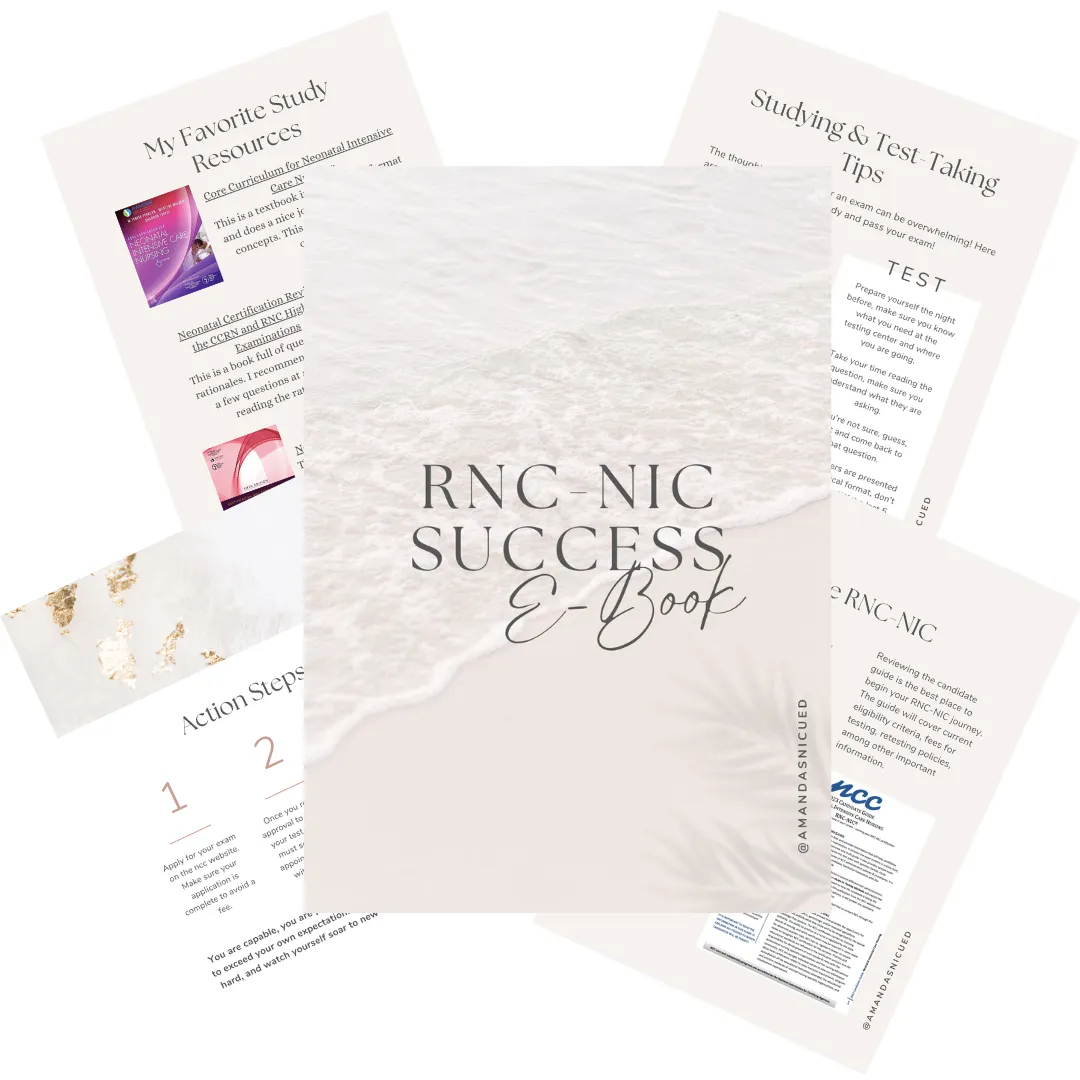
Ready to kickstart your journey to becoming a certified NICU nurse?
Look no further!
Grab my FREE E-Book packed with essential study and test-taking strategies for the RNC-NIC.
In the E-Book I give you the resources you need including the link to access the candidate guide, several types of books to study from, some of my favorite strategies, an outline of the content you should review, and a blank calendar for you to make your study plan!
Frequently Asked Questions About the RNC-NIC exam

What is the RNC-NIC?
The RNC-NIC is a competency-based exam that tests the specialty knowledge of nurses in the United States & Canada who care for critically ill newborns and their families.
The RNC-NICU is a nationally recognized certification that recognizes the registered nurse for their specialty knowledge and skill.
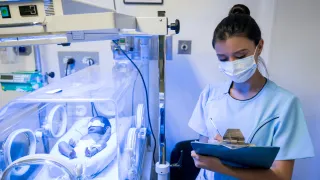
Who can take the RNC-NIC exam?
Nurses can take this exam after a minimum of two years experience in the NICU caring for critically ill newborns and their families.

Which books should I use?
I'm glad you asked! There are many excellent books to help you prepare for the RNC-NIC, I gathered ande describe each of them for you in my FREE e-book.
Is there a course to help me study?
Yes! Many hospitals host their own certification course and there are a few online courses. See my RNC-NIC test taking tips E Book for more information
What happens if I don't pass the exam?
If you don't pass the exam on your first try you can try again after 90 days. You will have to reapply after 90 days and pay a retest fee. There is no limit to the number of times you can take the exam (however a candidate can only sit for the exam twice per year).

Can I make more money if I take the RNC-NIC exam and get certified?
Yes! Many hospitals provide a raise or a bonus for nurses with specialty certifications. Hospitals also typically hire at a higher base salary when nurses have a certification.

Find me @amandasnicued on these channels or Email me
hey nurses don't miss out
© Copyright 2024. AmandasNICUEd. All rights reserved. | Terms & Conditions | Privacy Policy Contact: [email protected]
